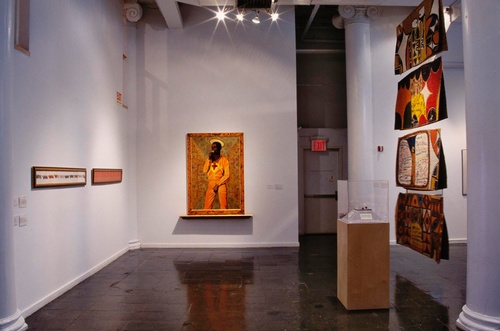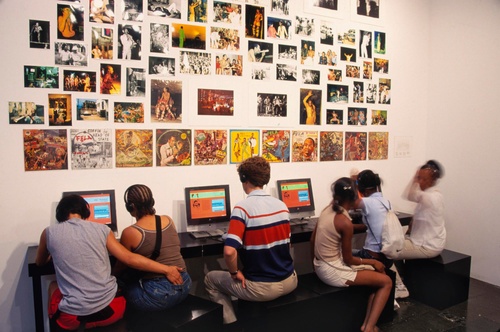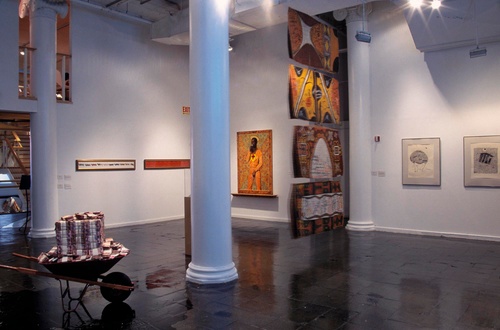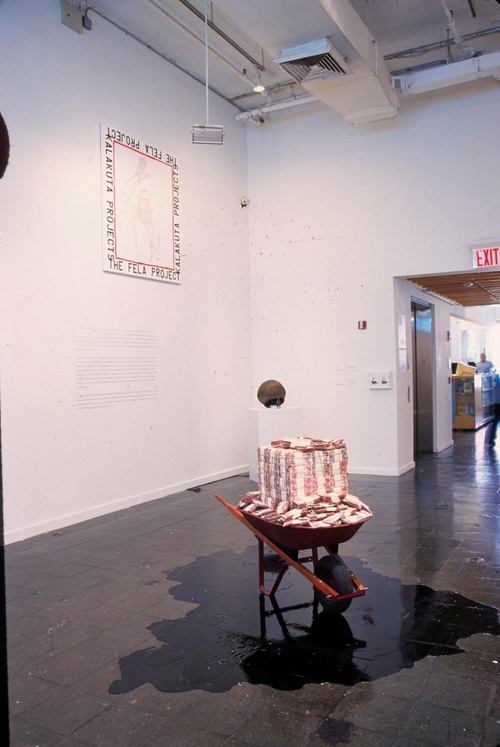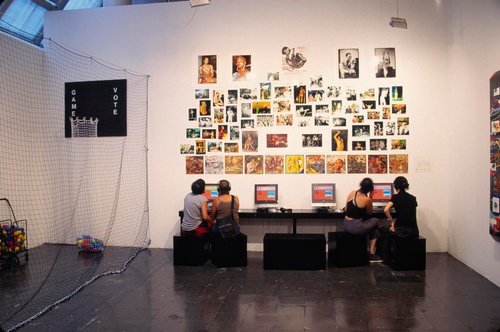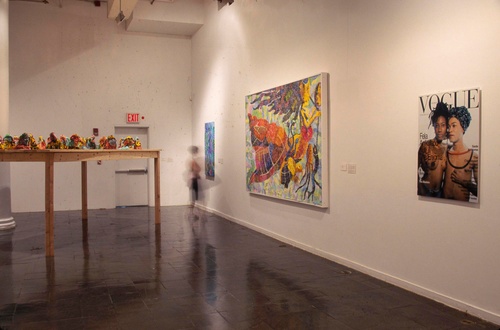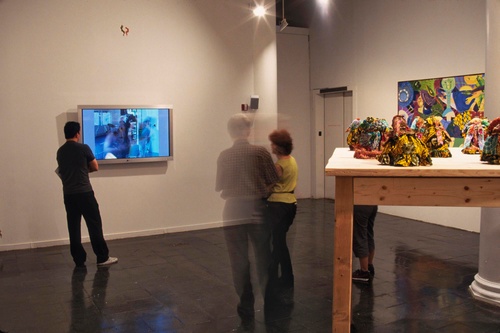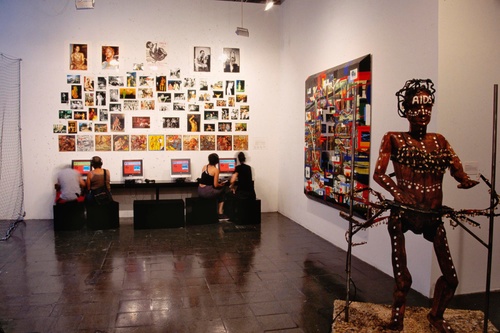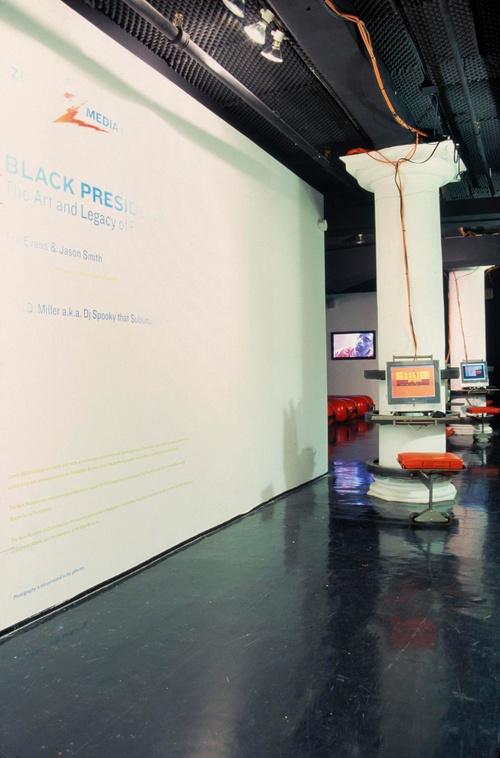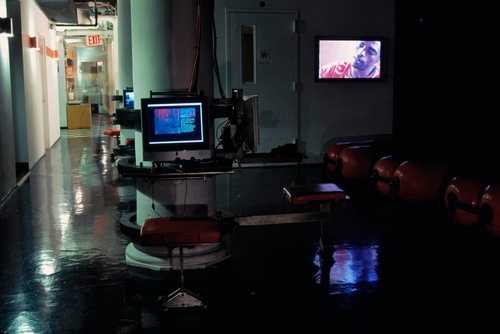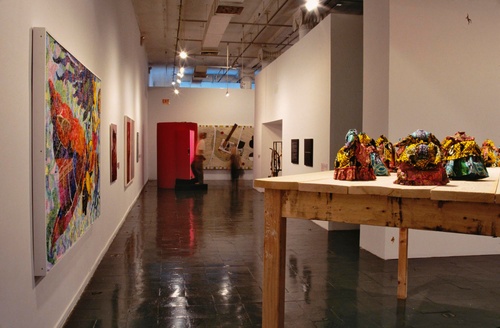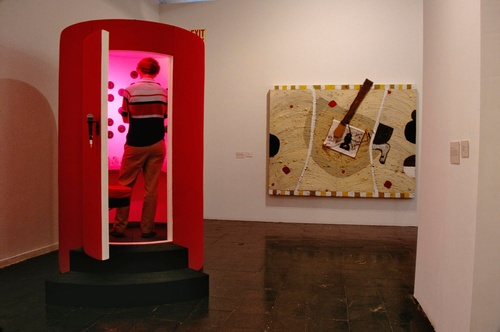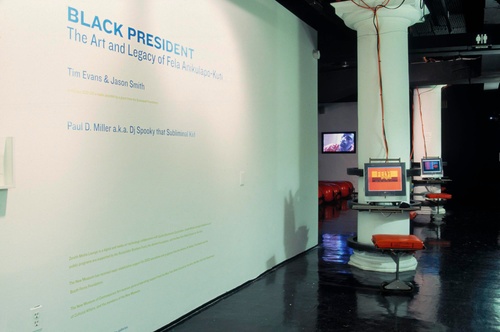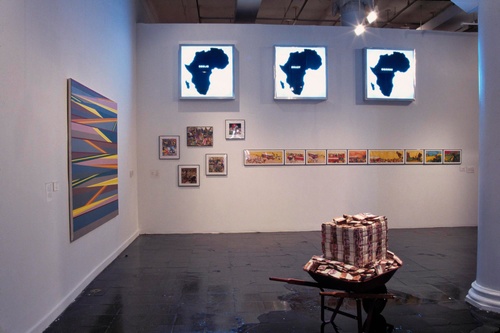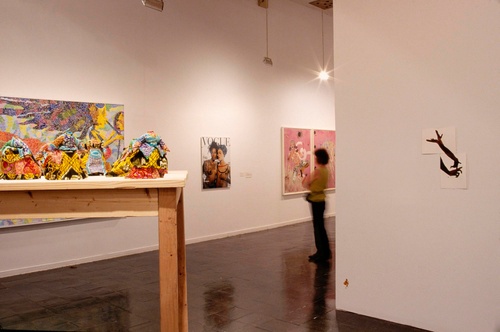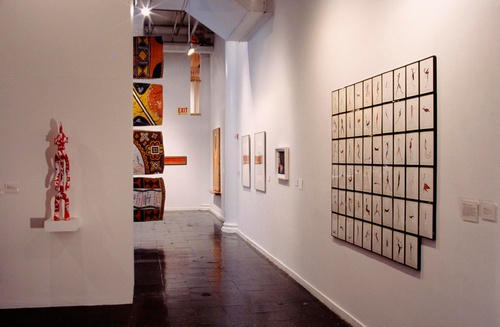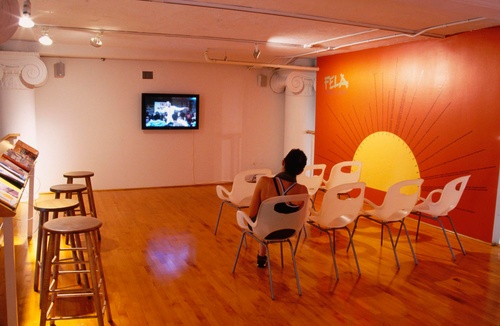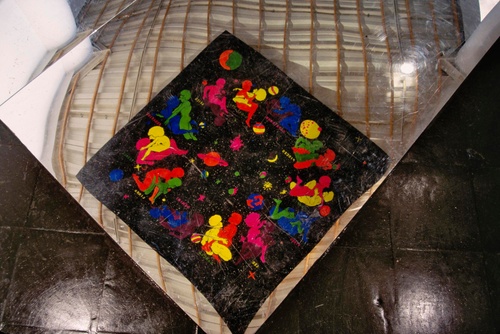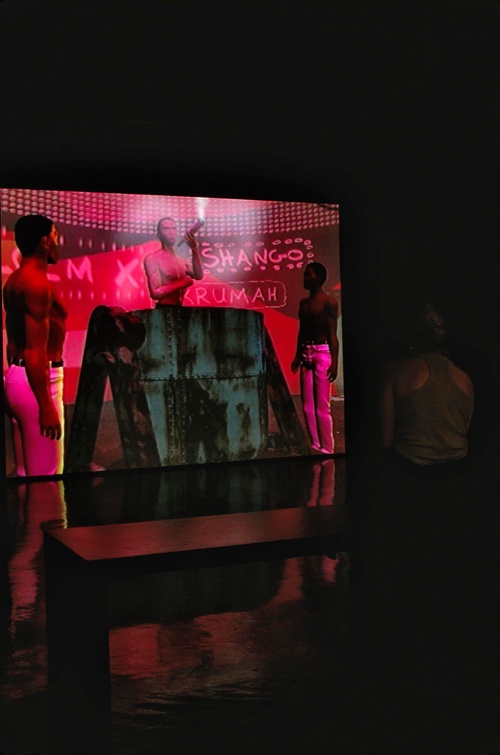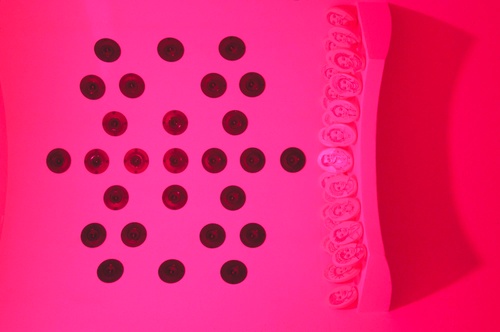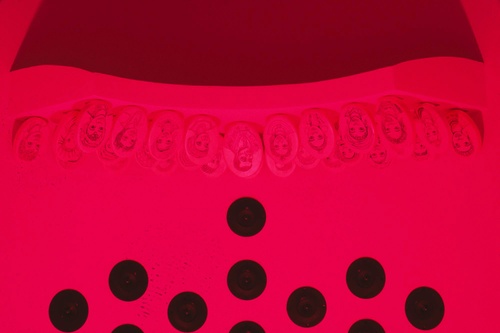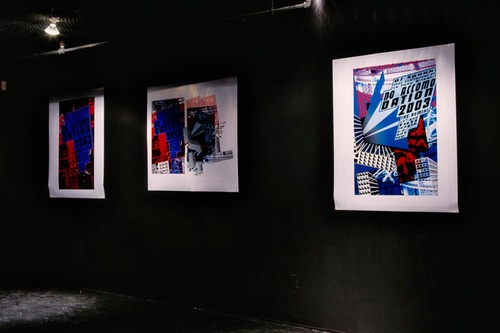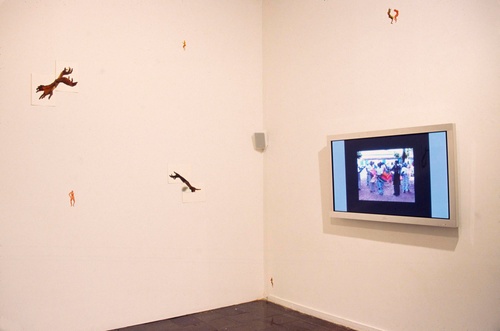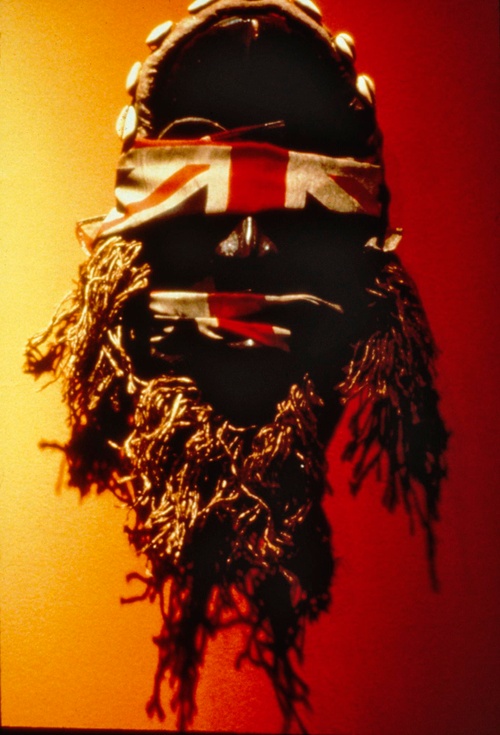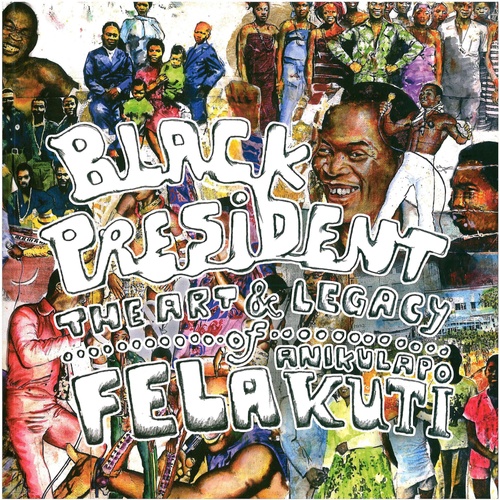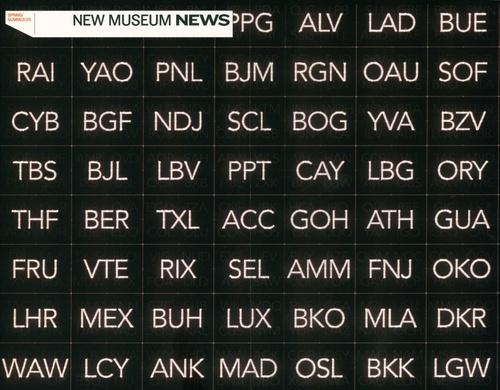Black President: the Art and Legacy of Fela Anikulapo-Kuti
Black President: the Art and Legacy of Fela Anikulapo-Kuti
“77 albums, 27 wives, over two hundred court appearances. Harassed, beaten, tortured, jailed. Twice-born father of Afro-beat. Spiritualist. Pan-Africanist. Commune king. Composer, saxophonist, keyboardist, vocalist, dancer. Would-be candidate for the Nigerian presidency. There will never be another like him.”
–Jay Babcock, Mean Magazine (Dec 1999-Jan 2000)
Fela Anikulapo-Kuti (1938-97) was a musical revolutionary who achieved a level of stardom in his native Nigeria barely imaginable. A charismatic and controversial bandleader with raw sex appeal, Fela was a powerful activist and arguably Africa’s most pioneering and influential musician. He invented a new musical genre called Afrobeat that merged Nigerian highlife music, Yoruba percussion and American funk and jazz into one infectious groove. Injecting politically charged lyrics on top of the multi-layered rhythms, his music became a call to arms against tyranny and injustice.
A fearless champion of the oppressed, Fela was also a utopian visionary. He proclaimed his compound, where he resided with his extended family, band mates and street toughs, an independent nation for the marginalized masses, free from the laws and jurisdiction of the Nigerian government. He called this counterculture haven the Kalakuta (Swahili for “rascal”) Republic, named after a prison cell he once occupiedf Fela’s face-offs with the government turned violent on several occasions; military raids of Kalakuta in 1974 and 1977 destroyed the compound, brutalized its inhabitants, and left Fela hospitalized and imprisoned. An alleged currency-smuggling violation while trying to board a plane for his 1984 American tour led to his arrest and imprisonment for over eighteen months.
Despite such attacks, Fela remained undeterred in spreading his music and message. He recorded more than seventy albums and delivered several electrifying performances a week at his nightclub in Lagos, the Afrika Shrine. It was not only the hottest club with the funkiest music in Africa, but a place of political empowerment and spiritual uplift where the Yoruba Orisha (gods) and heroes of the African diaspora such as Malcolm X, Kwame Nkrumah, and Fela’s mother, Olufunmilayo Ransome-Kuti, the leader of the Nigerian national and feminist movements, were venerated.
At the height of his popularity in the mid-1970s, Fela took to calling himself the “Black President,” a moniker worthy of his pan-African appeal and political ambitions. When he passed away at the age of fifty-eight following a prolonged battle with AIDS, more than a million people attended his processional funeral through the streets of Lagos. Fela has since achieved an iconic status that situates him alongside such counter-cultural figures as Bob Marley and Che Guevara. His music has been sampled, covered, and paid tribute to by an unbelievable array of artists and he is cherished by musicians from Paul McCartney to Mos Def. Despite the controversies surrounding him, no one can deny his bravery in the face of government brutality or the fact that he created some of the best dance music ever recorded. Today Fela’s legacy is both sobering and inspirational, but his life and struggles are as relevant as ever.
“Black President: The Art and Legacy of Fela Anikulapo-Kuti” is a critical multimedia exploration of the life and legacy of Fela, and the first museum exhibition of its kind. Along with largely new work from thirty-four contemporary visual artists, it includes documentary photography and video, and an extensive exploration in sound of Fela’s musical history and legacy. The artists’ personal investigations speak to the world in which Fela lived and to the many sides of his personality-political dissident, nativist spiritualist, unabashed sex symbol, husband to twenty-eight women, utopian visionary, and musical pioneer.
This exhibition was curated by Trevor Schoonmaker for the New Museum.
